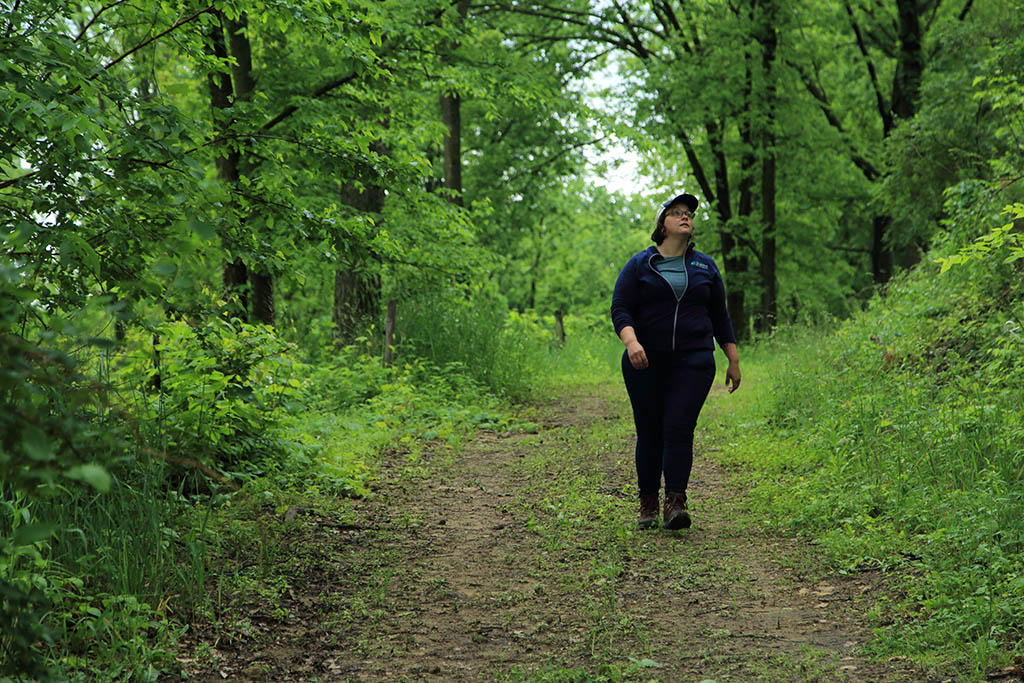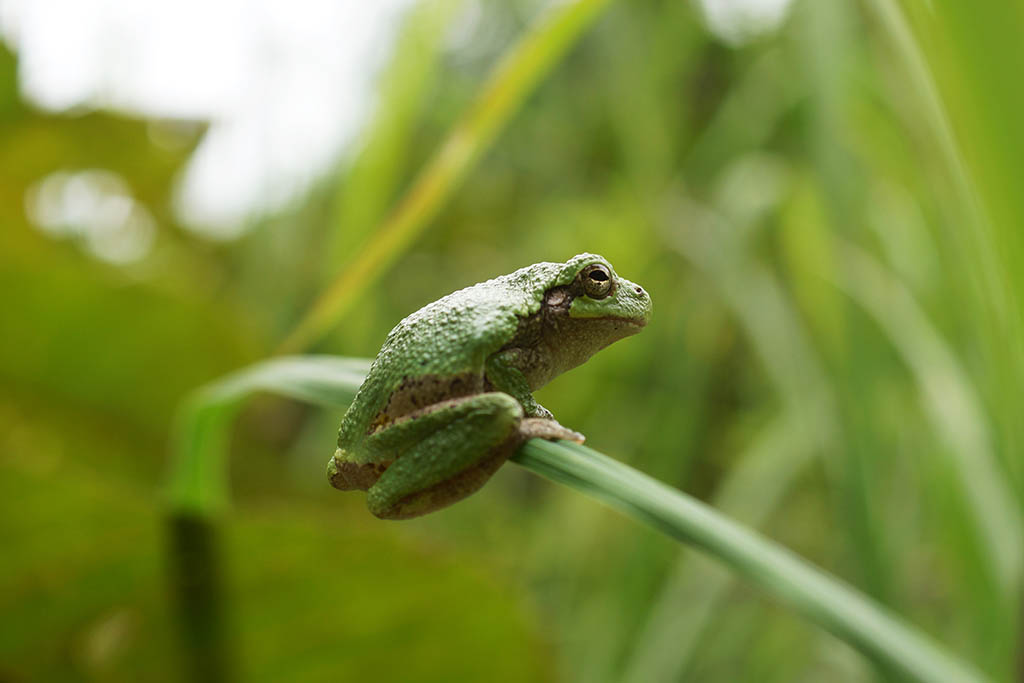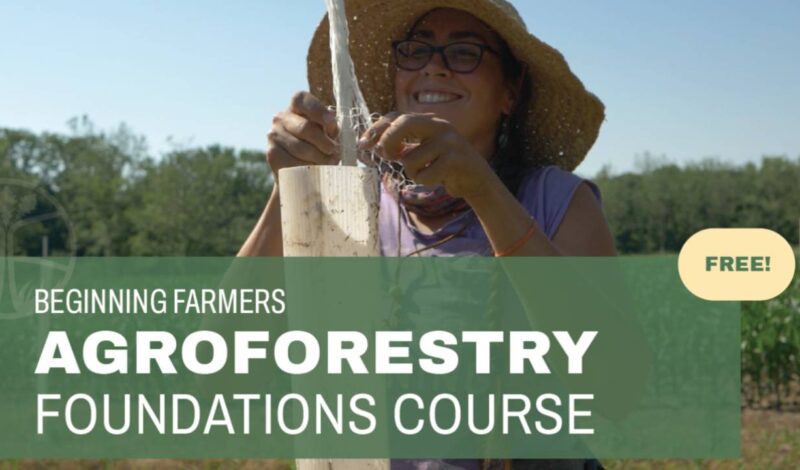Agroforestry is a top solution to cool the climate


Climate Facts
- Today, agriculture is responsible for 22% of US greenhouse gas emissions.¹
- Agricultural emissions are made up of nitrous oxide, primarily from fertilizers, methane from livestock, and carbon dioxide from energy use, which all contribute to the warming of the climate.
- One acre of windbreaks can remove 5 metric tons of carbon dioxide² from the air per year — that’s about how many carbon emissions a car produces in a year.
- In comparison, cover cropping practices remove on average 0.3 metric tons of carbon dioxide per acre per year.³

Our Research
Savanna Institute’s researchers study climate mitigation strategies that reduce greenhouse gasses in the atmosphere, and adaptation strategies to help farmers anticipate changes in the climate.
Climate Adaption
To help Midwest farmers build climate resilience, we study the relationships between tree species and their environment to help match tree crops to the landscape. Our Landscape Ecologist uses crop suitability models to map out where perennial crops will thrive today and long into the future. This research will help farmers and technical service providers in selecting crops that will be both financially and environmentally sustainable.
Climate Mitigation
Our Ecosystem Services Team researches the climate mitigation potential of agroforestry. We work to improve methods of predicting and measuring how much carbon farmers can draw down from the air into the soil when they plant trees on farms. Accurate predictions are essential to unlocking investment in agroforestry as a nature-based climate solution. We also research strategies for assessing and reducing greenhouse gas emissions produced in agroforestry systems. Many farmers and communities want to contribute to climate solutions. We offer the science needed to make climate-smart investments in our food system.


